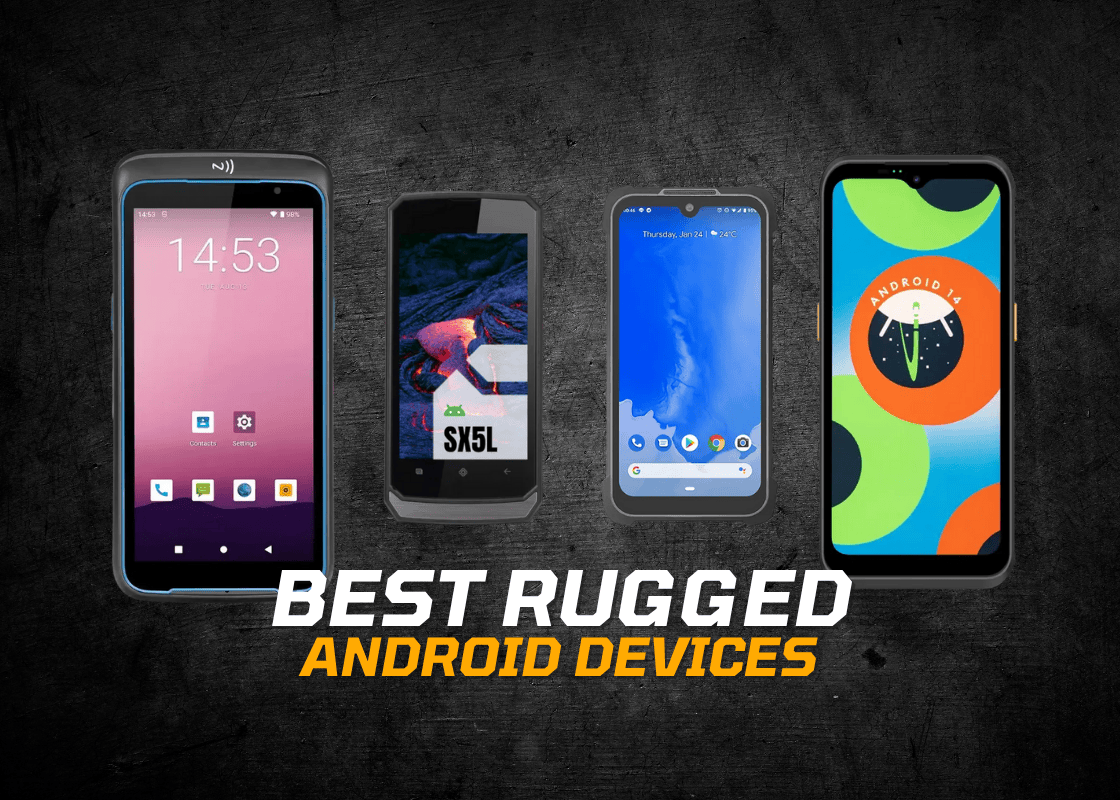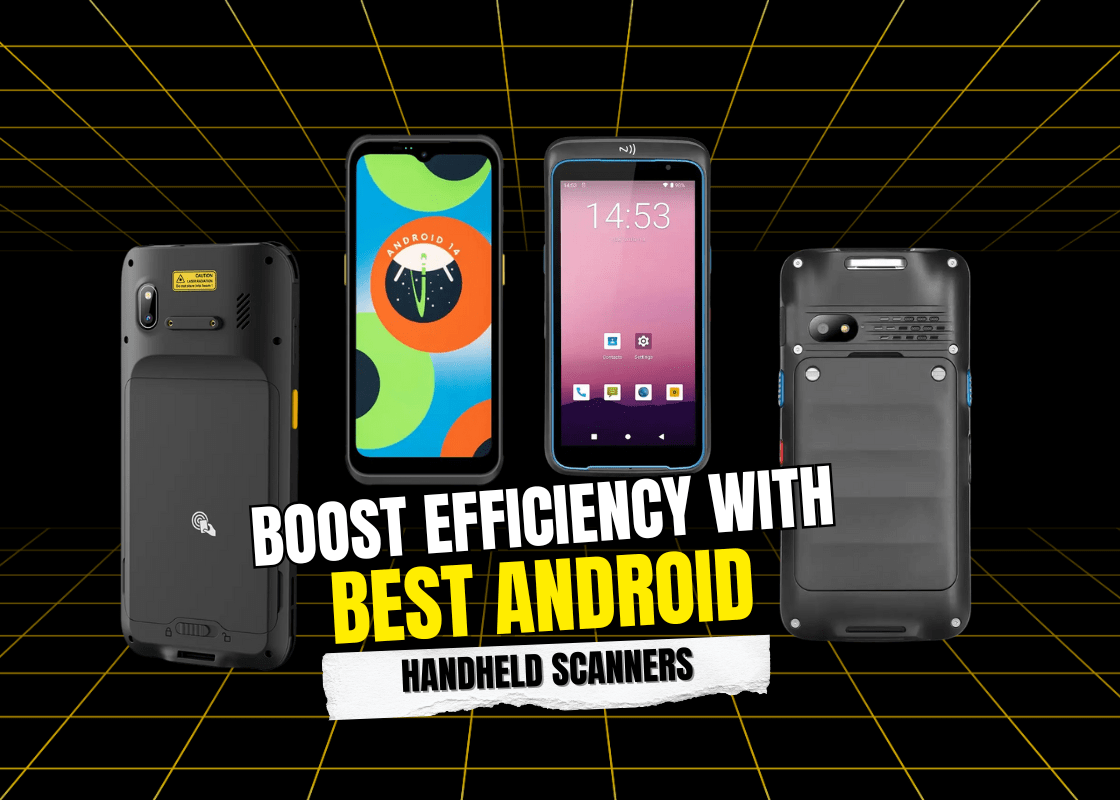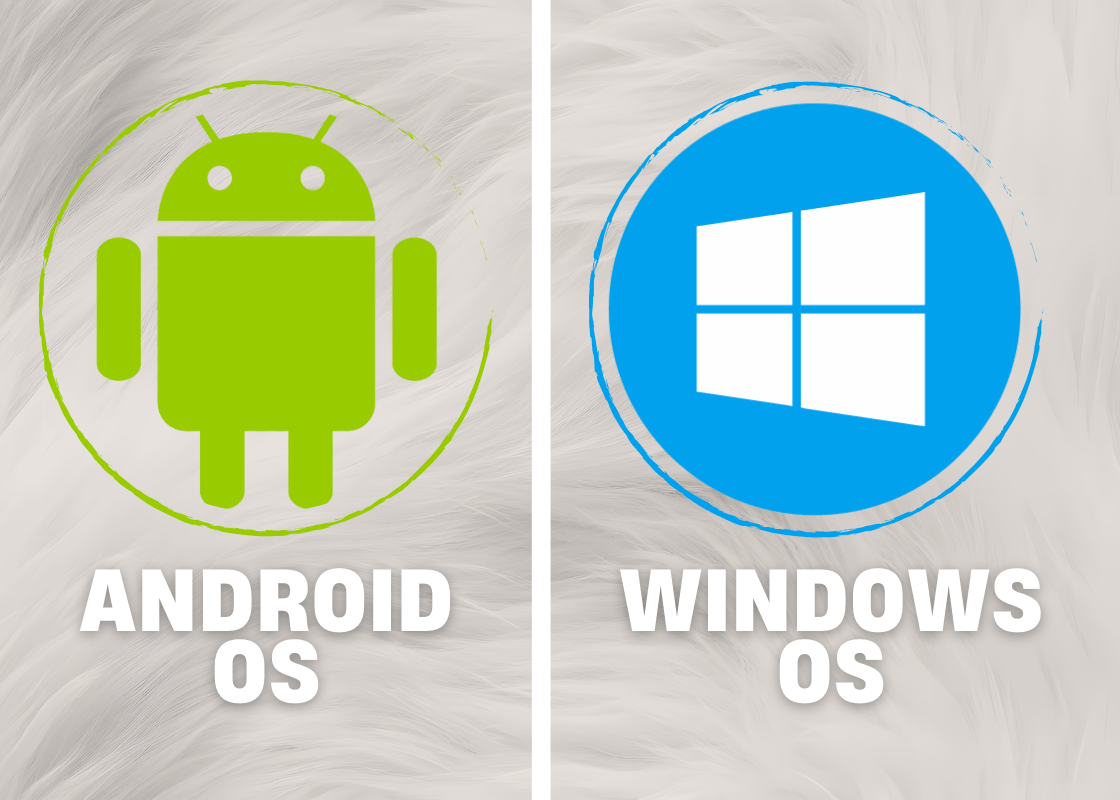As the demand for efficiency grows in industries like warehousing, manufacturing, and logistics, wearable glove barcode scanners are transforming how businesses operate. These scanners enhance productivity by allowing workers to scan items hands-free, reducing errors and improving workflow. When paired with rugged tablets and other rugged devices, they offer a powerful, mobile scanning solution.
Choosing the right wearable barcode scanner depends on your work environment, scanning needs, and how well the device integrates with your rugged handhelds or enterprise systems. Below is a comparison of the top five wearable glove barcode scanners on the market today.
What to Consider When Choosing a Wearable Scanner
Scanning Environment
Different scanners are optimized for different conditions. For instance, long-range scanning in high racks may require a device like the CONKER BG2L. In contrast, a compact setting may only need short-range laser scanning, where devices like the BG1 or RS60 are sufficient.
Integration and Compatibility
It’s crucial to ensure that your chosen scanner can easily connect with your existing rugged tablets and warehouse systems. Bluetooth and USB-C compatibility can streamline integration and avoid additional setup costs. Devices that work well with rugged handhelds tend to offer more flexibility in the long term.
Durability and Build Quality
Wearable scanners must be tough enough to withstand the rigors of industrial use. Options like the Honeywell 8675i and the CONKER BG Series are built to endure dust, drops, and even exposure to moisture. Combined with rugged devices, they create a complete ecosystem for field or warehouse operations.
Benefits of Wearable Glove Barcode Scanners
The main advantage of wearable glove barcode scanners lies in their ability to keep workers’ hands free while scanning, resulting in faster task execution. These scanners reduce downtime, improve ergonomics, and minimize scanning errors. When used with rugged tablets, they provide an integrated system for data collection, tracking, and communication.
By incorporating wearable scanners into workflows, businesses can reduce operational bottlenecks. The ability to scan without handling bulky equipment significantly improves worker comfort and productivity. The CONKER BG Series, for instance, brings an ergonomic solution to industrial settings that already rely on rugged handhelds for mobile data access.
Top Wearable Glove Barcode Scanners
CONKER BG Series
The CONKER BG Series includes the BG1 (Laser), BG2 (2D), and BG2L (Long Range), each designed for specific barcode scanning scenarios. These glove scanners are lightweight, reliable, and work seamlessly with rugged devices. They suit businesses requiring accurate barcode capture in high-paced environments such as warehouses or assembly lines. With connectivity options that support integration with rugged tablets and Android-based systems, the BG Series helps teams achieve faster throughput without sacrificing comfort or durability.
ProGlove MARK Display
ProGlove’s MARK Display combines intelligent barcode scanning with a small, integrated screen to provide workers instant visual feedback. It’s an excellent choice for businesses focused on improving picking and packing accuracy. With ergonomic design and reliable Bluetooth connectivity, it complements rugged handhelds used across industrial operations.
Zebra WS50
Zebra’s WS50 stands out for its modular design. It’s more than just a scanner—it functions like a wearable computer. The device supports Android applications and offers voice and data communication, making it ideal for advanced warehouse systems. The WS50 fits easily into workflows that already use rugged tablets or mobile computers, offering flexibility and productivity in tight working spaces.
Honeywell 8675i
Built for durability and comfort, the Honeywell 8675i provides fast scanning with the ability to capture poorly printed or damaged barcodes. It features hot-swappable batteries and an IP65 rating, making it a solid option for rugged environments. When paired with rugged handhelds, it ensures efficient and uninterrupted workflows even in demanding conditions.
Unitech RS60
The Unitech RS60 offers a compact solution with powerful scanning capabilities. Its adjustable glove mount and Bluetooth connectivity make it well-suited for high-volume retail or warehouse tasks. This scanner is compatible with rugged devices, allowing for consistent performance during shift-long usage.
Frequently Asked Questions (FAQs)
What industries use glove barcode scanners?
Wearable glove barcode scanners are used in logistics, eCommerce, warehousing, manufacturing, and field service. These industries benefit from hands-free operation and quick barcode capture, especially when rugged devices are also in play.
How do glove scanners connect with rugged tablets?
Most modern wearable scanners use Bluetooth, USB, or proprietary dongles to connect with rugged tablets and mobile computers. This allows for real-time data transfer without interrupting workflows.
Are wearable scanners comfortable for long shifts?
Yes, most devices are designed with ergonomics in mind. Lightweight models like the CONKER BG1 or Unitech RS60 are specifically built to be worn for long periods without causing fatigue.
Can these scanners handle damaged or dirty barcodes?
High-performance devices like the Honeywell 8675i or CONKER BG2 can read damaged, faded, or low-contrast barcodes. This makes them ideal for use in environments where labels are exposed to wear and tear.
Conclusion
Wearable glove barcode scanners are changing the way industries approach mobility and scanning. When combined with rugged tablets and rugged handhelds, they help businesses improve productivity, reduce scanning errors, and maintain fast-moving operations. Whether you’re looking for a high-performance scanner like the CONKER BG2L for long-range use, or a compact option like the RS60, there’s a solution that fits your specific needs. Choosing the right wearable scanner will ultimately depend on how well it integrates with your rugged devices and supports your team’s workflow on the ground.


















